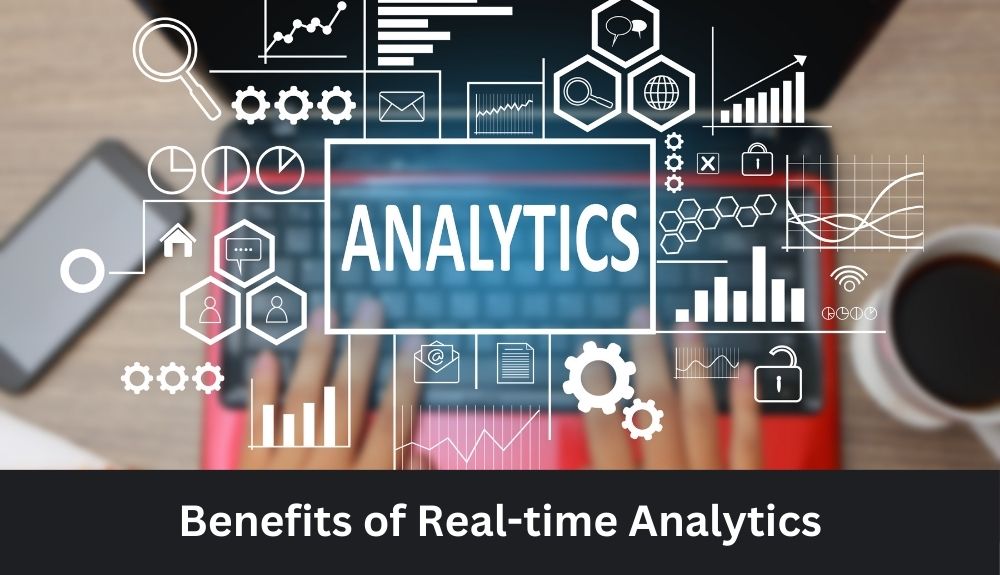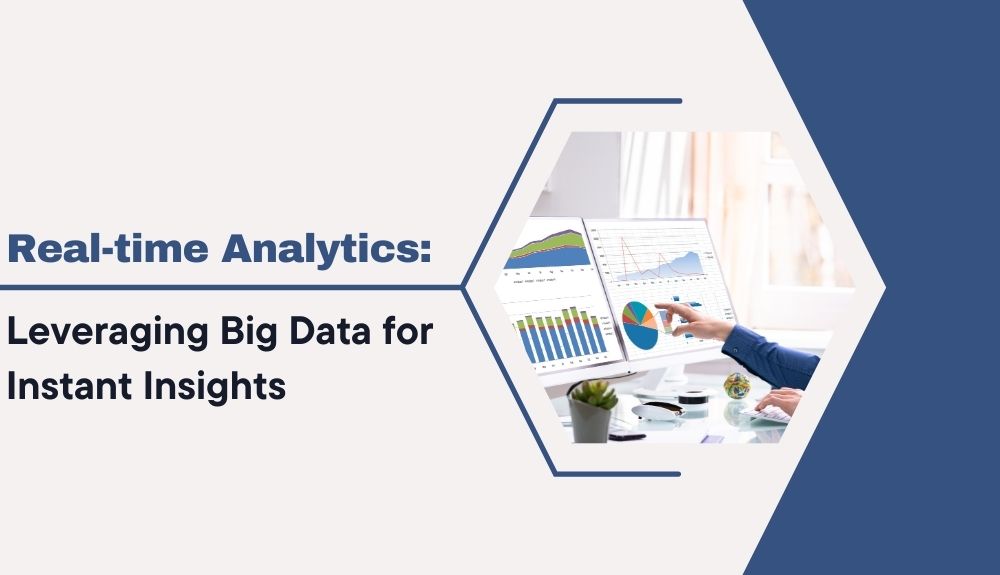Introduction to Real-time Analytics
Step into the fast-paced world of real-time analytics, where big data transforms into instant insights at the blink of an eye. Discover how organizations are harnessing the power of data to make informed decisions in real-time, driving innovation and staying ahead of the curve. Let’s dive into the dynamic realm of real-time analytics and explore its evolution, benefits, challenges, and future possibilities!
Understanding Big Data and its Applications
Big Data refers to the vast amount of structured and unstructured data generated by businesses every second. This data is too large and complex for traditional data processing applications to handle efficiently. Companies across various industries are leveraging Big Data to gain valuable insights into customer behavior, market trends, and operational efficiency.
The applications of Big Data are endless – from personalized marketing campaigns based on consumer preferences to predictive analytics that help forecast future business outcomes. By analyzing massive datasets in real-time, organizations can make informed decisions quickly and stay ahead of the competition.
Furthermore, Big Data plays a crucial role in improving healthcare outcomes through predictive analytics, optimizing supply chain management processes, enhancing cybersecurity measures, and even powering smart cities with data-driven solutions. The possibilities are limitless when it comes to harnessing the potential of Big Data for innovation and growth.
The Evolution of Real-time Analytics
Real-time analytics has come a long way since its inception. Initially limited to basic data processing, it has evolved into a sophisticated tool that can provide instant insights for businesses across various industries. The evolution of real-time analytics is marked by advancements in technology and the increasing demand for immediate access to data-driven decisions.
With the rise of big data, real-time analytics has become more powerful and complex, allowing organizations to analyze vast amounts of information in milliseconds. This shift towards faster and more accurate data processing has revolutionized how businesses operate in today’s fast-paced digital landscape.
As real time analytics continues to evolve, we can expect even greater capabilities and efficiencies in extracting valuable insights from data streams. The future holds exciting possibilities for leveraging big data in real time to drive innovation and stay ahead of the competition.
Benefits of Real-time Analytics

Real-time analytics offer businesses a competitive edge by providing instant insights into customer behavior and market trends. By analyzing data as it is generated, companies can make informed decisions quickly, leading to improved operational efficiency and increased revenue.
One of the key benefits of real-time analytics is the ability to detect anomalies or issues in real-time, allowing for immediate action to be taken before they escalate. This proactive approach helps businesses mitigate risks and maintain a high level of performance.
Furthermore, real-time analytics enable personalized marketing campaigns based on up-to-the-minute consumer preferences and behaviors. This targeted approach increases customer engagement and loyalty, ultimately driving sales growth.
Additionally, by leveraging big data in real time, organizations can optimize resource allocation, enhance product development processes, and streamline operations for maximum productivity. The agility provided by real-time analytics empowers businesses to adapt swiftly to changing market conditions and stay ahead of the competition.
Challenges in Implementing a Real-time Analytics Strategy
Implementing a real-time analytics strategy comes with its fair share of challenges. One common hurdle is the need for robust infrastructure to handle and process large volumes of data in real-time. Ensuring that your systems are equipped to handle the velocity and variety of data streaming in can be a daunting task.
Another challenge is ensuring data accuracy and reliability. Real-time analytics rely on up-to-the-minute information, making it essential to have mechanisms in place to validate and cleanse incoming data continuously. Without accurate data, the insights generated may be flawed or misleading.
Moreover, organizations often face difficulties integrating disparate sources of data into a unified platform for real-time analysis. Data silos can hinder the ability to derive meaningful insights from multiple streams of information efficiently.
Additionally, there are concerns around privacy and security when dealing with sensitive real-time data. Safeguarding against potential breaches or unauthorized access requires stringent measures to protect valuable information assets.
Incorporating advanced analytics techniques like machine learning algorithms adds another layer of complexity, requiring specialized skills and expertise within the organization’s workforce.
Future of Real-time Analytics

As technology continues to advance at a rapid pace, the future of real-time analytics holds immense potential. With the growing volumes of data generated every second, businesses will rely more on real-time insights to make quick and informed decisions.
Innovations such as AI and machine learning algorithms will further enhance the capabilities of real-time analytics, allowing for more accurate predictions and personalized recommendations in various industries. The integration of IoT devices will also play a crucial role in providing real-time data streams for analysis.
Moreover, advancements in cloud computing and edge computing technologies will enable organizations to process vast amounts of data in real time efficiently. This shift towards instant insights will revolutionize how businesses operate, enabling them to stay competitive in today’s fast-paced digital landscape.
The future of real-time analytics is bright, with endless possibilities for harnessing big data for instant decision-making and driving business growth.
Conclusion
Real-time analytics is revolutionizing the way businesses make decisions by providing instant insights into their data. By leveraging big data, organizations can analyze information as it’s generated and take immediate action to drive better outcomes.
As technology continues to advance, real-time analytics will only become more sophisticated, enabling companies to stay ahead of the curve in a rapidly changing landscape. While challenges exist in implementing a real-time analytics strategy, the benefits far outweigh them.
Embracing real-time analytics and harnessing the power of big data will be crucial for businesses looking to thrive in today’s fast-paced world. Stay informed, stay agile, and leverage real-time insights to drive success in your organization.



